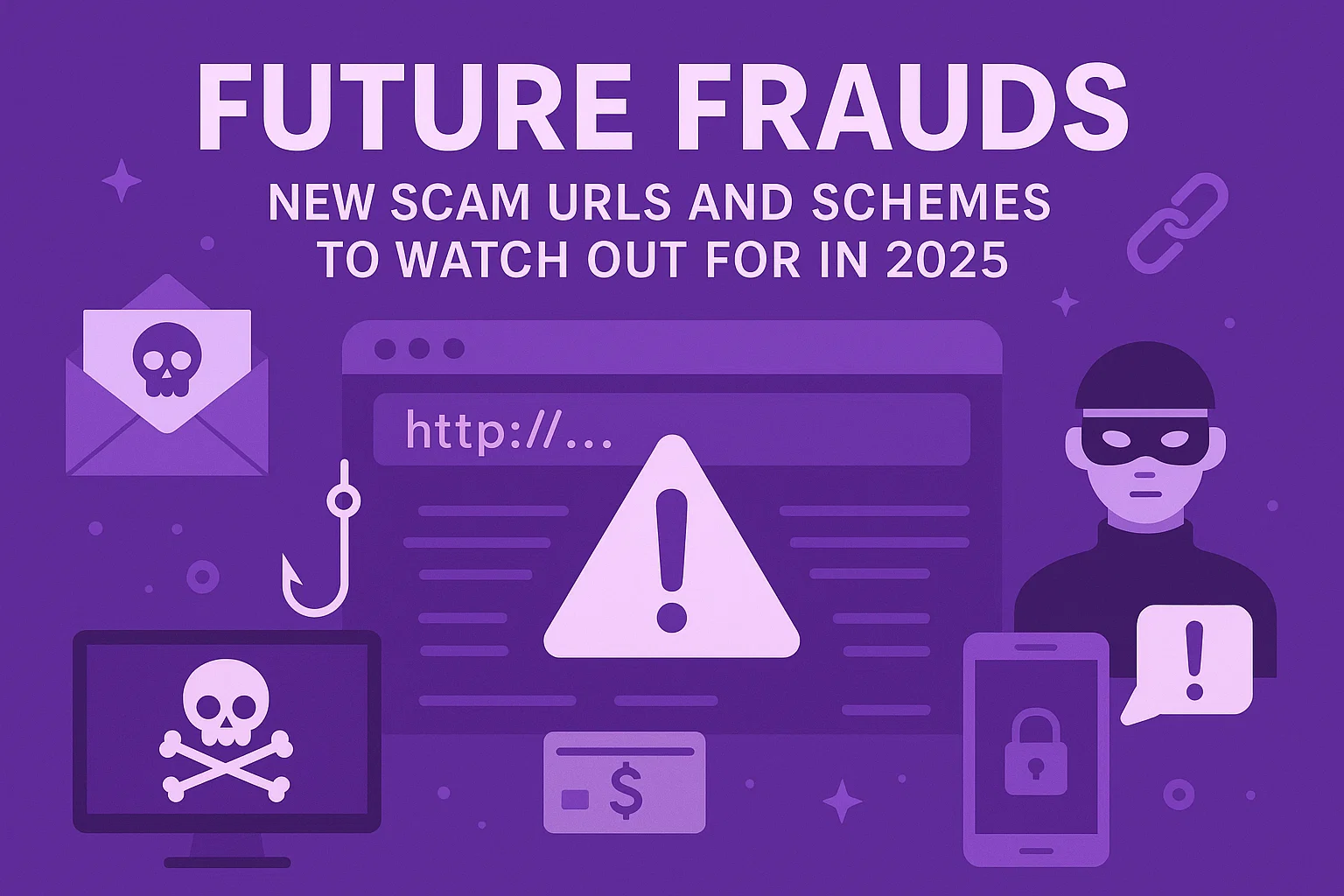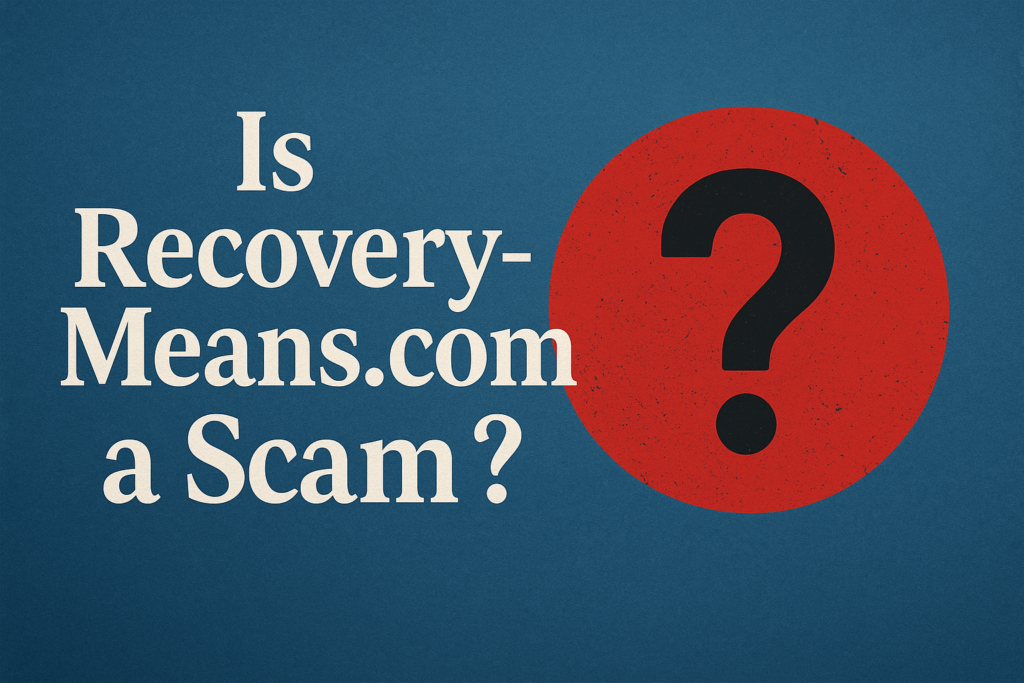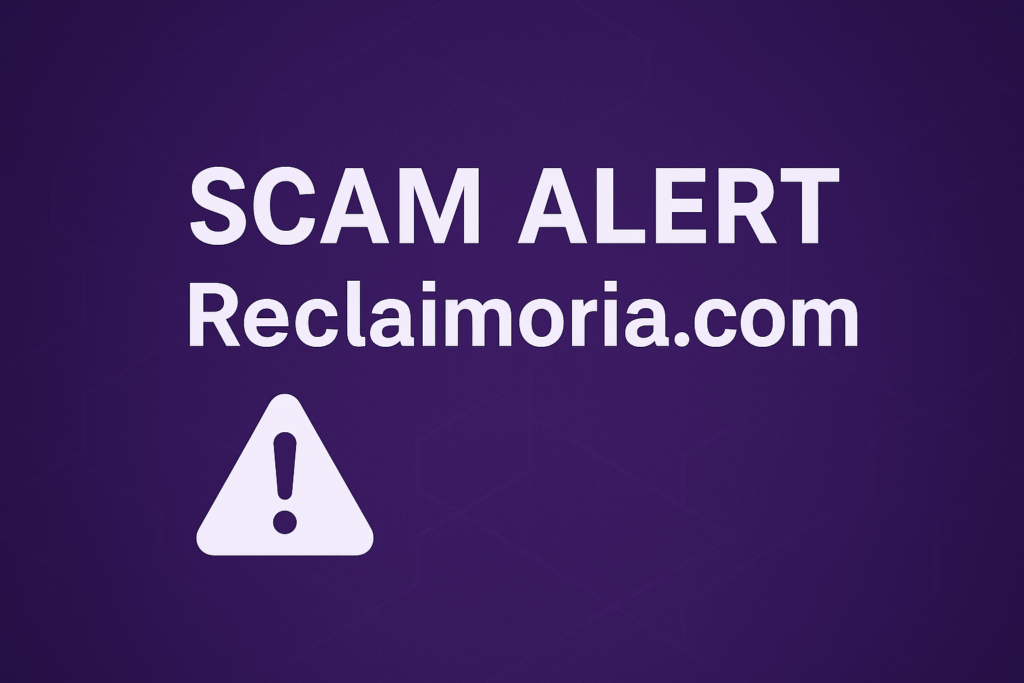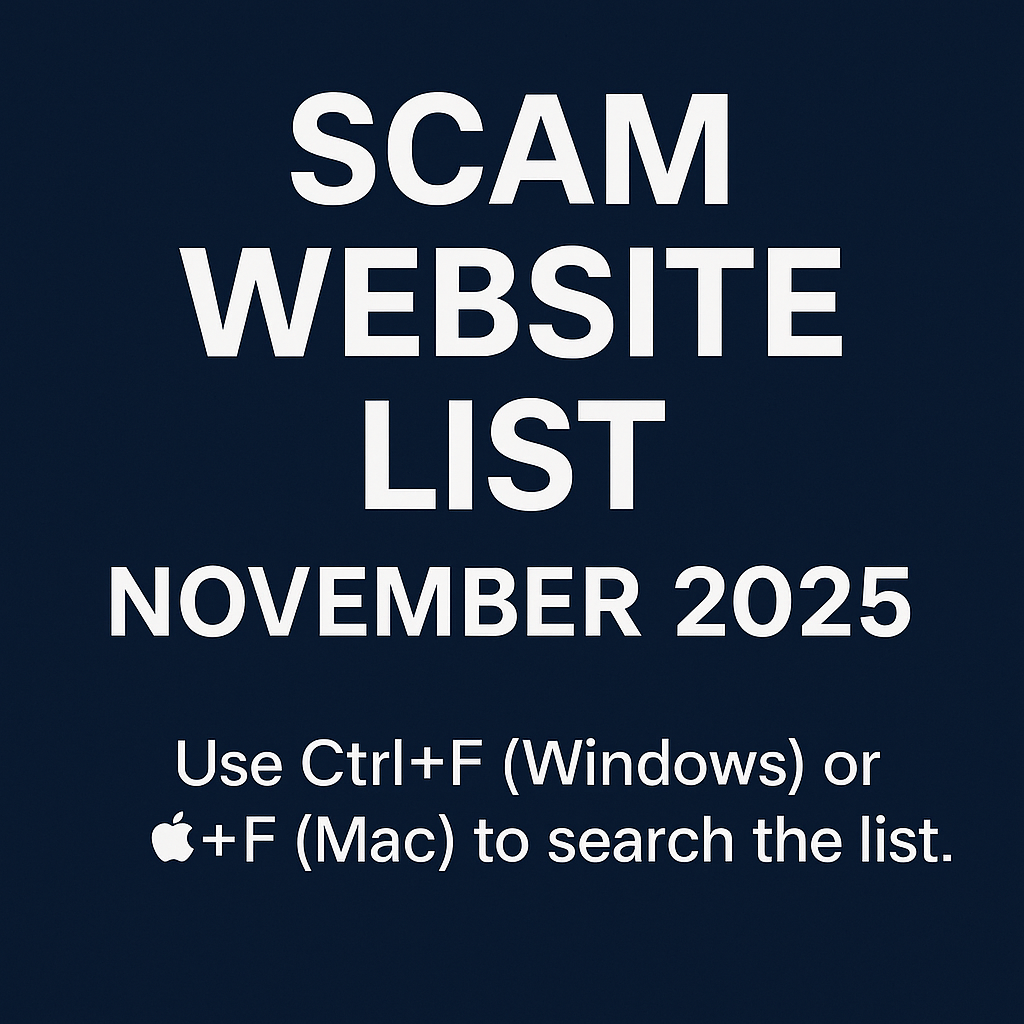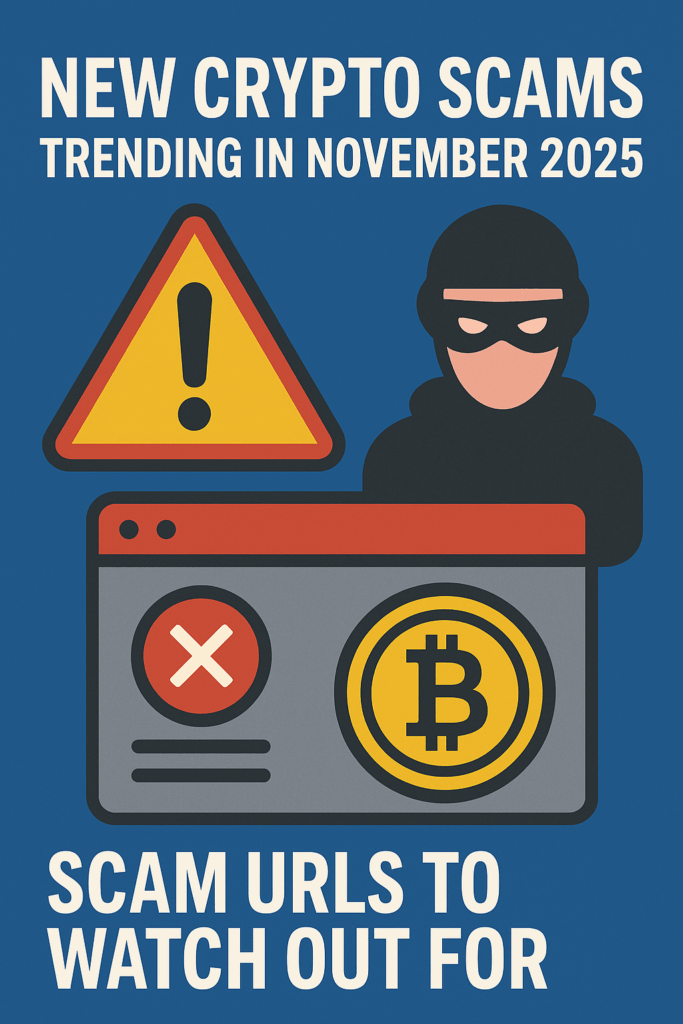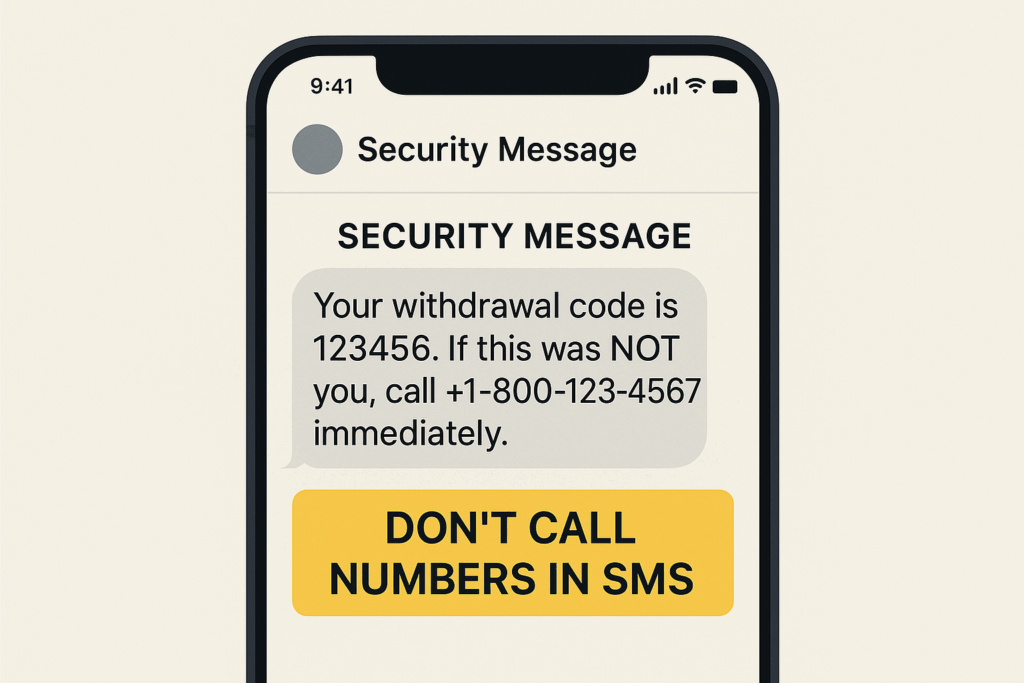The digital landscape is constantly evolving, and so are the tactics of scammers. As we move further into 2025, cybercriminals are leveraging new technologies like AI, deepfakes, and sophisticated phishing kits to create more convincing and devastating scams.
At CyberClaims, we are on the front lines every day, tracking emerging fraudulent platforms and helping victims recover their funds. This article provides an insider’s look at the types of scam URLs and schemes we’re already seeing and expect to proliferate in 2025.
Disclaimer: The specific URLs listed below are examples of naming patterns we have identified. They are for educational purposes to help you recognize the structure of scam sites. Do not visit these URLs. We are providing this intelligence so you can stay vigilant.
The New Wave of Fake Investment & Crypto Scam URLs
Scammers are creating professional-looking websites that mimic legitimate financial platforms. Here are examples of fake URL patterns targeting investors in 2025:
1. AI & Quantum Trading Hype Scams
Scammers are exploiting buzzwords like “AI,” “Quantum,” and “Algorithmic” to sound cutting-edge.
quantum-trade-invest[.]ioai-wealth-capitals[.]netalgorithmic-btc-trading[.]comneuro-finance-labs[.]org
2. “Green” Energy & ESG Investment Scams
As sustainable investing grows, fraudsters are creating fake green energy projects and ESG (Environmental, Social, Governance) funds.
esg-crypto-fund[.]comsolar-coin-invest[.]iogreen-hydrogen-holdings[.]net
3. Deepfake Phishing & Impersonation Sites
Using AI-generated videos of fake CEOs or celebrities, scammers lure people to fake endorsement sites.
elon-musk-official-invest[.]xyz(Fake celebrity endorsement)microsoft-ai-grant-program[.]us(Fake corporate program)government-crypto-refund[.]org(Fake government agency)
4. Sophisticated Clone Sites
These are near-perfect copies of legitimate financial institutions’ websites, often reached through malicious ads or phishing emails.
login-coinbase-support[.]net(Clone of real Coinbase site)binance-security-portal[.]us(Clone of real Binance site)blockchain-info-wallet[.]com(Clone of real Blockchain.com site)
How to Spot a Scam URL in 2025: Critical Red Flags
The domains may change, but the underlying signs of a scam remain consistent. Here’s what to look for:
- New and Odd Domain Extensions: Legitimate companies rarely use extensions like
.io,.xyz,.top,.shop, or.infofor their primary banking or investment business. Be wary of[well-known-name][.]netor[well-known-name][.]org. - Poor Grammar and Design: While more are becoming sophisticated, many still have spelling mistakes, awkward phrasing, or low-quality images.
- Too-Good-To-Be-True Offers: Guaranteed high returns, zero risk, and “act now” bonuses are hallmarks of fraud.
- Lack of Regulatory Licensing: A legitimate financial service will be transparent about its licensing (e.g., with the SEC, FCA, ASIC). A scam will have none or will list fake license numbers.
- No Physical Address or Verifiable Team: Search for the company’s address on Google Maps. Look up the team members on LinkedIn. Scam sites often use stock photos and fake names.
What To Do If You’ve Already Engaged with a Scam URL
If you have already provided information or, worse, sent money to one of these platforms, time is critical. Follow these steps immediately:
- Cease All Communication: Stop talking to the “account manager” or “support agent.”
- Secure Your Finances: If you provided bank details, contact your bank to freeze your accounts or dispute transactions. If you gave crypto, move remaining funds to a new wallet.
- Document Everything: Take screenshots of the website, all conversations, transaction IDs, and wallet addresses. This is crucial evidence.
- Report It: File reports with your national cybercrime center (e.g., FBI’s IC3, Action Fraud) and financial regulatory authority.
- Contact a Professional Fund Recovery Service – Contact CyberClaims.
How CyberClaims Investigates and Fights New Scams
The evolving nature of these threats makes professional help more critical than ever. CyberClaims uses advanced cyber-forensics to:
- Trace Cryptocurrency: We follow the blockchain money trail to identify the destination wallets and exchanges used by scammers.
- Investigate Domain Ownership: We use WHOIS lookups and other tools to uncover who is behind these fraudulent URLs.
- Build a Evidence Dossier: We compile a professional-grade case with all the evidence needed for recovery efforts.
- Liaise with Exchanges and Authorities: We work with crypto exchanges to freeze stolen funds and present our findings to the relevant authorities.
We are constantly monitoring the dark web, forum chatter, and new domain registrations to stay ahead of the latest scam trends.
Protect Yourself: Your Best Defense is Awareness
The most powerful tool against fraud is knowledge. Stay vigilant by:
- Bookmarking the legitimate sites you use frequently.
- Double-checking URLs before entering any login credentials.
- Ignoring unsolicited investment offers via phone, email, or social media.
- Educating friends and family about these emerging threats.
Been Scammed? We Can Help You Fight Back.
If you’ve fallen victim to one of these new scam URLs, don’t blame yourself—these criminals are sophisticated. The important thing is to take action now.
Your first step towards recovery is a free consultation. The team at CyberClaims specializes in investigating new and emerging scams. We have the tools and the expertise to track down these criminals and fight for your money back.
Contact CyberClaims Now for a Free, Confidential Case Evaluation
